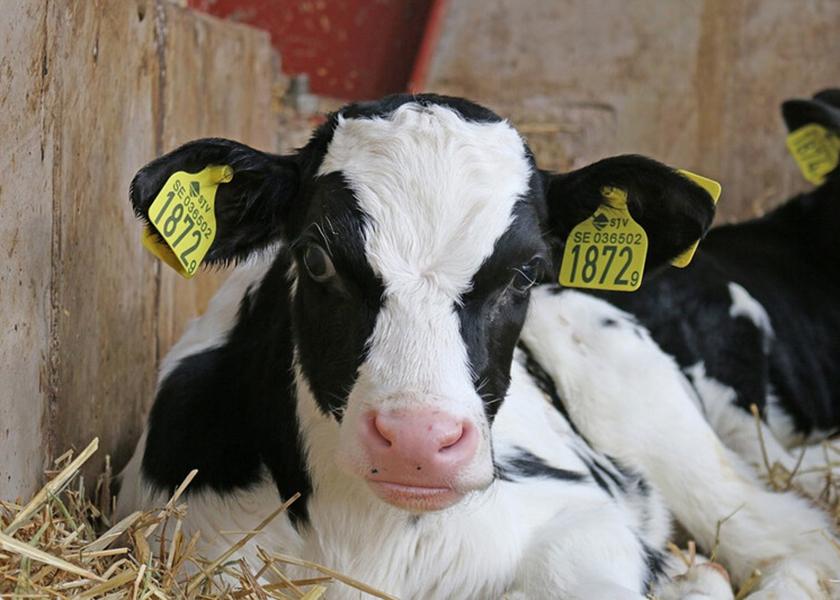Calves Could Benefit from Physical Enrichment

Just like children letting off some steam on the playground, calves too could benefit from physical enrichment. According to Kourtni Curry from the William H. Miner Agricultural Research Institute, adding certain items to animal enclosures has been shown to promote natural behaviors, satisfy behavioral motivations, and reduce instances of stress and frustration.
With animal welfare a top concern for both dairy producers and consumers, researchers from Dalhousie University and the University of Reading set out to determine which physical enrichment items were the most effective for calves.
During a two-part experiment, the researchers examined both individually housed calves as well as calves raised in group housing. The enrichment items used during the two experiments were stationary brushes, ropes, springs, plastic chains, nets filled with strawberry-scented hay, and dry teats.
- The stationary brushes were used to help stimulate the natural grooming behaviors, reduce levels of boredom and help compensate for the frequent grooming they would naturally receive from their dam.
- The ropes, springs and plastic chains were used to help satisfy desires for oral manipulation. Calves were allowed to chew on these items due to their naturally curious behavior.
- Calves were allowed to eat hay from the nets to encourage them to participate in natural feed collection behaviors. Spraying the hay with strawberry aroma helped stimulate the calves’ sensorial perceptions.
- Dry teats significantly reduced the calf’s stress and frustration as the natural behavior secretes hormones, such as insulin and cholecystokinin, which are related to satiety or satisfaction. Calves provided dry teats can relieve suckling motivation and reduce non-nutritive oral behaviors.
At the conclusion of the study, it was determined that calves housed in pairs or groups interacted less frequently with the enrichment items compared to calves housed individually. Additionally, the researchers found that the calves interacted with the strawberry-scented hay more frequently than the other enrichment items. However, calves still seemed to enjoy the items that stimulated oral manipulation as well as the dry teats.







